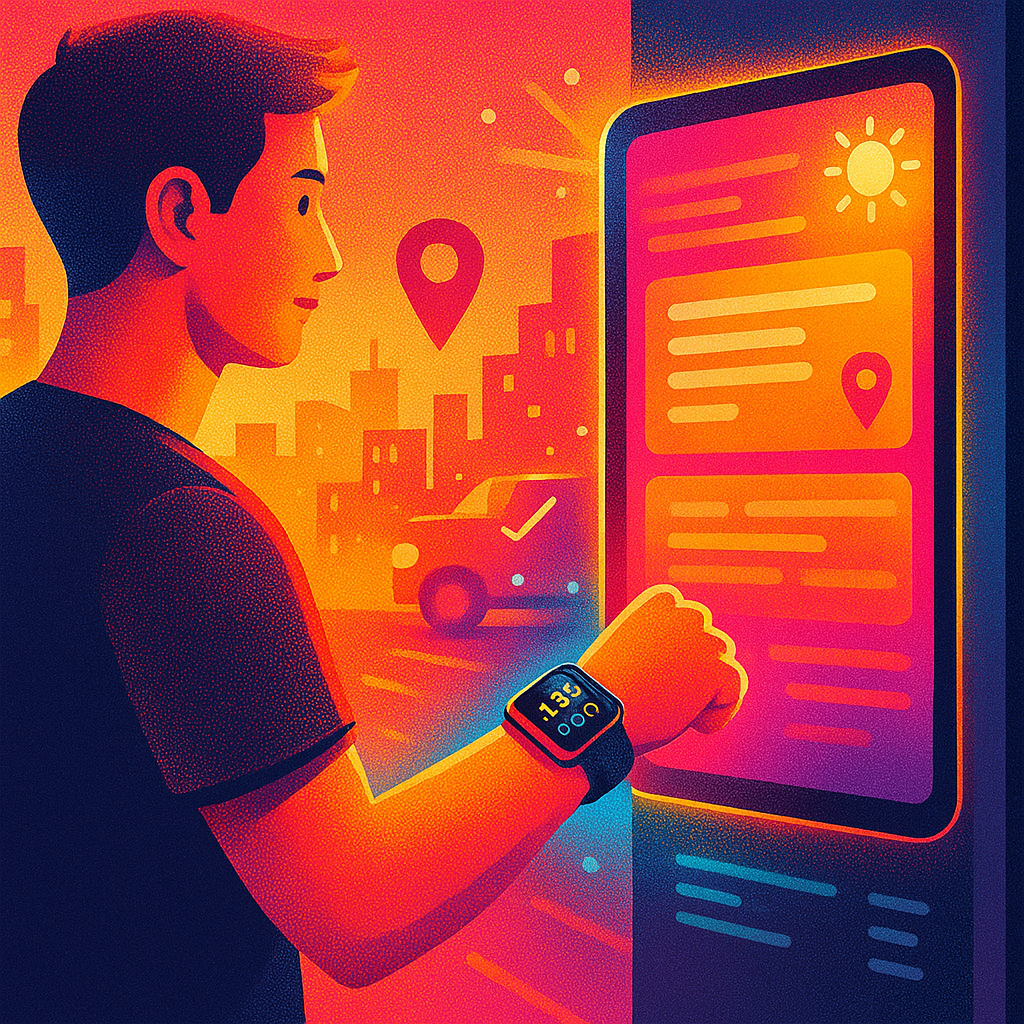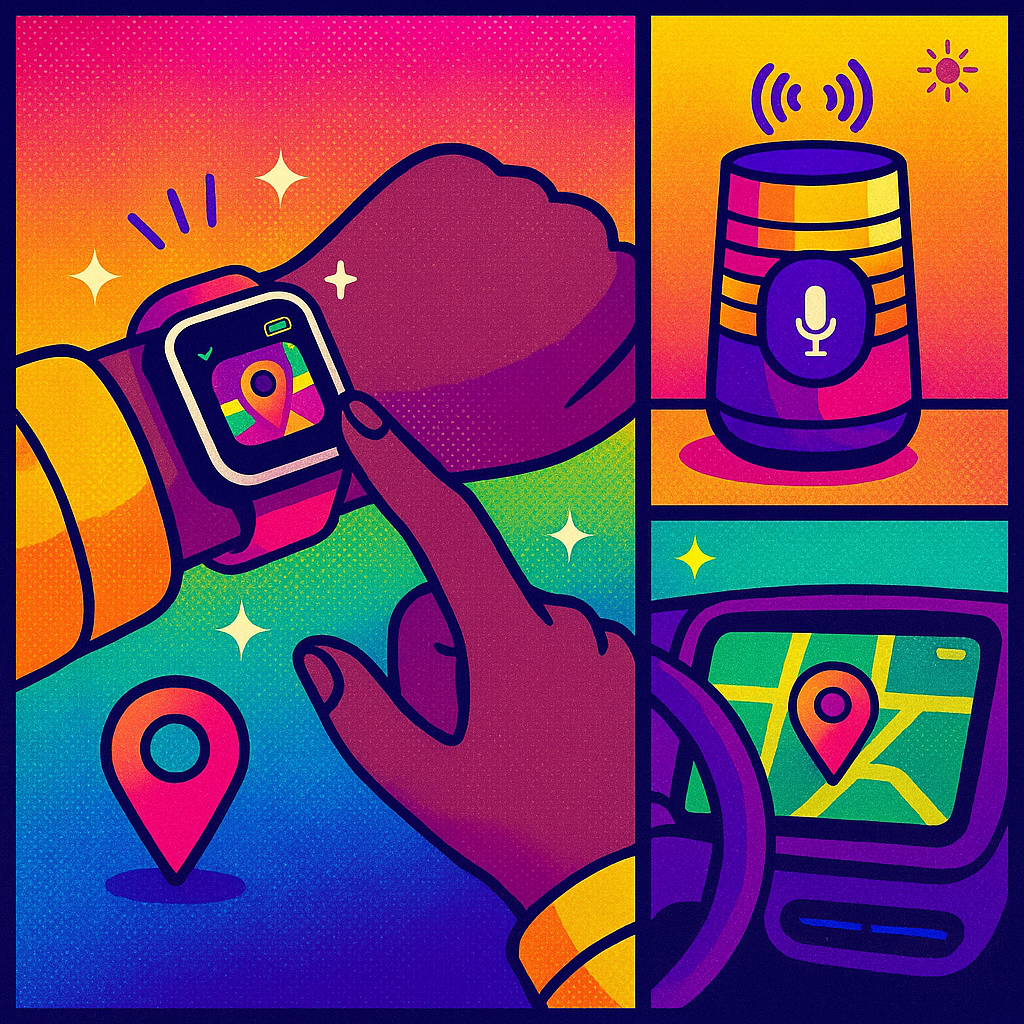Accessibility Debt Backlog: Jira Template Walkthrough
by Admin-checker
INDEX
Explore how contextual personas help adapt UX across edge devices like wearables and kiosks. Learn why real-time inputs matter more than demographics.
Date Jul 25, 2025
INDEX

Users in 2025 interact with technology through devices beyond desktops and phones because they use wearables and smart displays and kiosks and connected vehicles which need immediate adaptation. The platforms require a fresh UX approach that uses contextual personas which adjust according to user location and time and interaction methods. The evolution of contextual personas occurs through real-time signals which include location data and device types and user activities instead of traditional age or job title characteristics. The technology allows interfaces to provide real-time responses which results in more relevant and smoother user experiences.
Edge devices operate outside traditional screen environments. They’re mobile, voice-enabled, and often have small displays. Most importantly—they rely heavily on context.
Designers must account for:
Without contextual understanding, interfaces can feel intrusive, irrelevant, or unusable. Contextual personas solve this by interpreting real-time data to guide design responses.
Traditional personas are fixed—they describe who a user is.
Contextual personas, on the other hand, describe what a user is doing right now. They update based on:
This turns user models from static documents into living systems that evolve with each new session.
Let’s say the same user accesses a product:
All of these are the same user—but the persona and UX adapt to the context.

To create contextual personas, teams combine multiple data layers:
Each signal helps refine how the interface behaves—showing or hiding elements, adjusting tone, and shifting priorities.
Contextual personas are already shaping modern UX:
With ambient computing and AI, these experiences are becoming the new norm.
At Boosta, we no longer design for “average” users.
We design for the moment.
Our process includes:
The result: seamless experiences that feel like they were made for the exact moment and platform the user shows up on.
The application of UX becomes real through contextual personas when designing for edge devices. The approach focuses on user activities and locations and their specific needs for assistance. The future belongs to adaptive design because it stands out in a world where users encounter micro-screens and fragmented journeys. The future of UX extends beyond responsive design because it will become contextually aware.
Teams use Zapier in boardrooms, spare rooms, and rooms where AI has ROI.